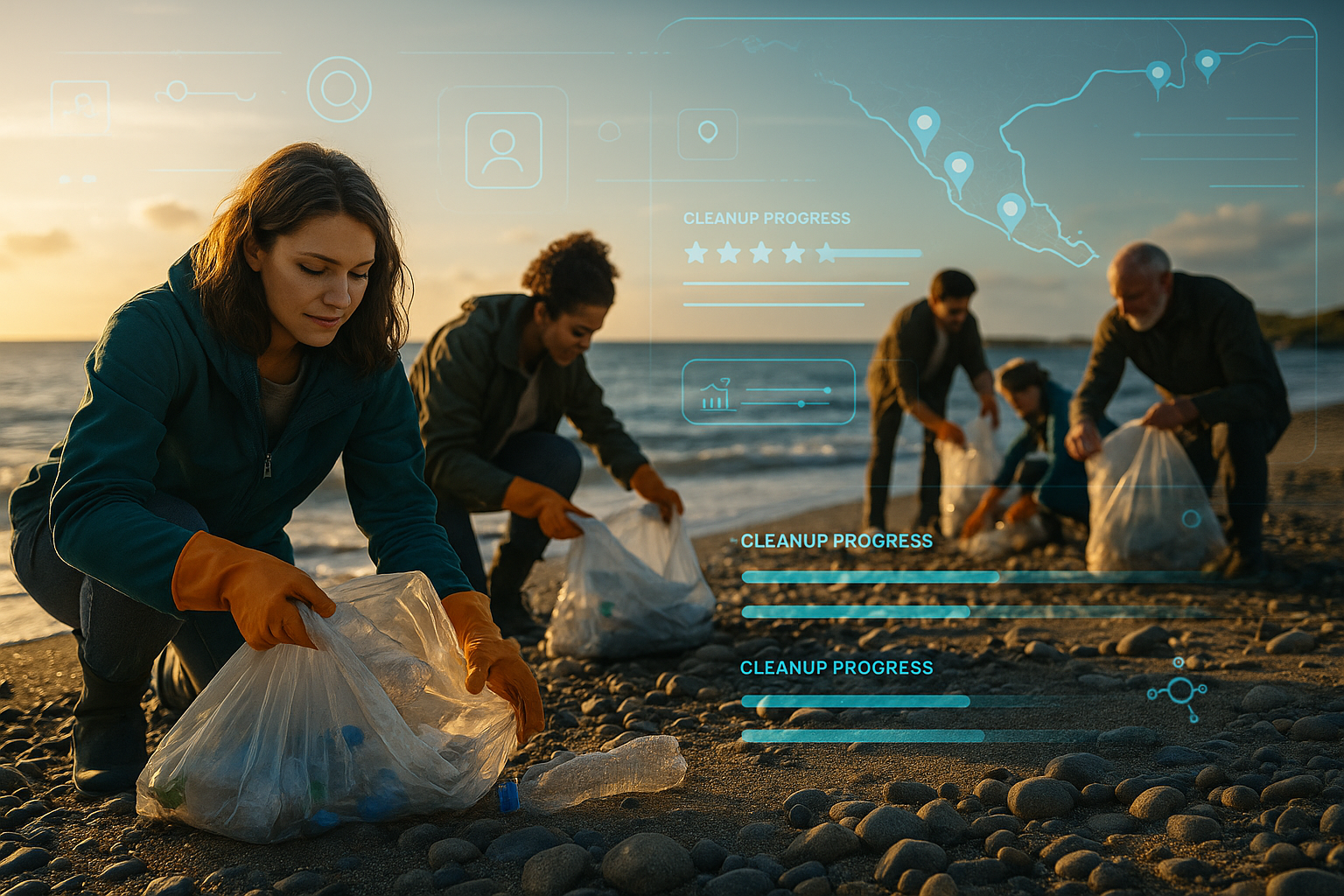
From Space to Shorelines: How Global Plastic Watch Turns Pollution Data Into Action
Imagine spotting a hidden plastic dump from hundreds of miles above—then turning that insight into cleanup crews on the ground. Global Plastic Watch (GPW) makes this possible, and it starts with a simple belief: informed communities can heal our planet.
We all love beaches and rivers, yet daily, plastic waste seeps from forgotten piles on land into our waterways and oceans. GPW bridges this gap by using satellite imagery and AI to shine a light on these silent polluters, helping governments, NGOs, and local champions act where it matters most.
Join me as we explore how GPW works, the real-world impact it’s already making, and how you can be part of the solution—because every piece of plastic mapped is one step closer to cleaner shores.
What Makes GPW a Lifeline for Our Rivers and Oceans?
Launched by the Minderoo Foundation with Earthrise Media, GPW harnesses:
• Eyes in the Sky: Satellites capture terabytes of imagery every few days, revealing hidden waste sites.
• AI-Powered Clarity: Machine-learning models accurately pinpoint plastic signatures against earth’s varied textures.
• Interactive Maps: A public dashboard where anyone can zoom in, inspect, and share hotspots near their towns.
By transforming raw data into an easily navigable map, GPW empowers stakeholders to see the problem—and plot a path to clean-up.
Why Every Pin on the Map Matters
Up to 80% of ocean plastic starts on land. Small dump sites might seem insignificant, but thousands of tiny leaks become a tidal wave of pollution. GPW:
• Prioritizes Action: Flags the worst offenders so cleanup teams can work smarter, not harder.
• Drives Accountability: Labels illegal dumps, giving regulators the evidence they need to enforce environmental laws.
• Ignites Community Spirit: Shares clear, visual stories that motivate schools, local groups, and families to roll up their sleeves.
At its heart, GPW reminds us: visibility breeds responsibility. When we see it, we can fix it.
How GPW Maps Waste—Step by Step
1. Capture: Satellites scan land areas globally every 3–5 days.
2. Preprocess: Imagery is calibrated for consistent color and perspective.
3. Detect: AI algorithms analyze each pixel, isolating plastic’s unique spectral fingerprint.
4. Cluster: Nearby detections merge into waste-site polygons, with size and confidence scores.
5. Publish: Updated data feeds the online map, complete with dates and detailed site info.
This constant loop—from sky to screen—ensures GPW’s map is a living resource for anyone fighting plastic pollution.
Real Impact: Stories of Change
• Over 6,000 Sites Identified: From Southeast Asia to South America, GPW has uncovered thousands of land-based dump sites—many previously unknown.
• Policy in Motion: Indonesian authorities used GPW data to close illegal landfills. Brazilian NGOs cite GPW maps in federal court cases.
• Corporate Pledges: Major brands now partner with GPW to monitor supply chains and fund local cleanup projects.
Every new site mapped translates to targeted cleanups, saved marine life, and protected coastal communities.
How You Can Be Part of the Solution
• Explore the Dashboard: Visit globalplasticwatch.org and find sites near you.
• Share the Story: Embed the map in presentations or post it on social media to raise awareness.
• Support Cleanup Efforts: Contact local theaters, schools, or community centers in hotspot areas—they’ll love the data-driven call to action.
• Collaborate: NGOs and municipalities can request API access for tailored analysis.
Remember, data is only as powerful as the action it inspires.
Spark AI Strategy: Your Partner for Purpose-Driven AI
At Spark AI Strategy, we believe that technology should serve humanity and the planet. Whether you’re in CRE or environmental advocacy, we help you harness AI tools—like GPW—to turn insights into impact. Let’s work together to make data-driven decisions that protect our shared home.
Ready to map your next environmental victory? Reach out, and let’s get started.
Bibliography
- Global Plastic Watch (Minderoo Foundation & Earthrise Media)
- GPW maps plastic pollution using satellite imagery and AI, providing near-real-time tracking for thousands of waste sites (globalplasticwatch.org).
- Coverage & Methodology
- GPW uses European Space Agency satellite data and machine-learning models trained to detect plastic signatures, then publishes live maps to support cleanup efforts (insights.globalspec.com).
- Scale & Reach
- The project has identified over 4,000 land-based plastic sites, many near waterways, covering 25+ countries (nelisglobal.org).
- Impact Examples
- Indonesian authorities used GPW data to close illegal dumpsites. Brazilian NGOs leveraged the maps in federal court (globalplasticwatch.org).
- Minderoo & Earthrise Roles
- Developed by the Minderoo Foundation’s No Plastic Waste initiative in collaboration with Earthrise Media and the ESA (globalplasticwatch.org).




